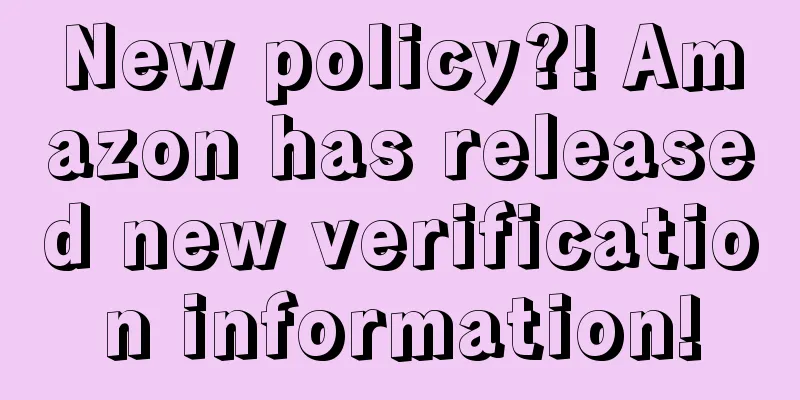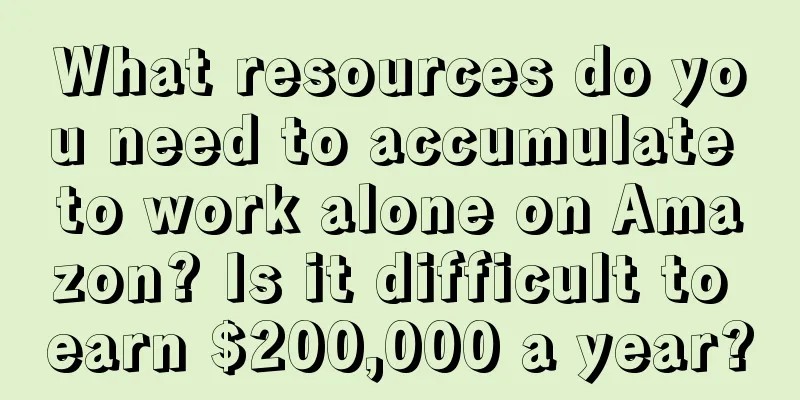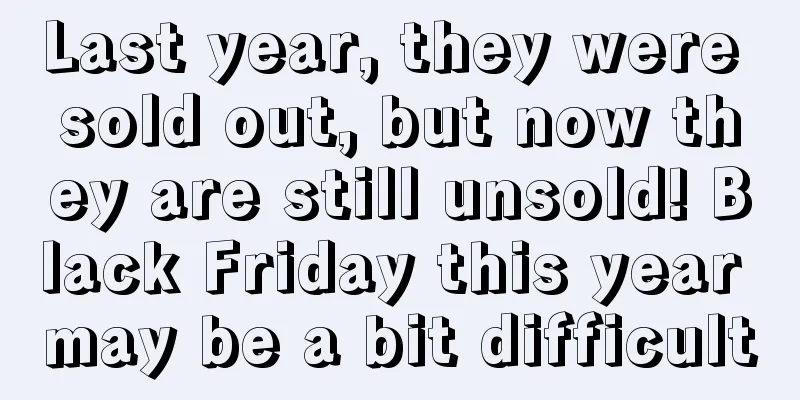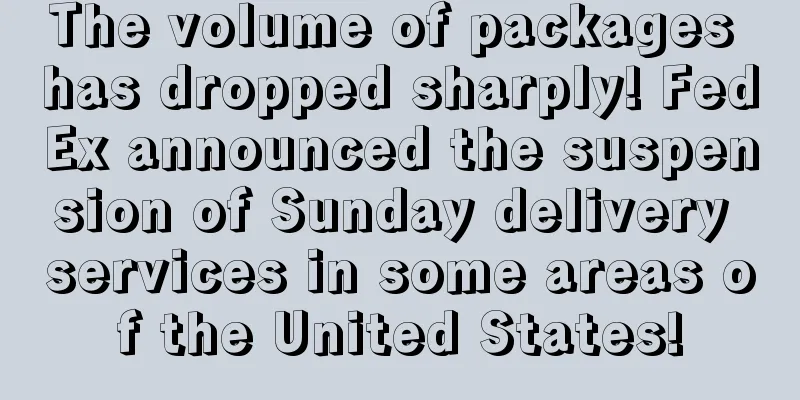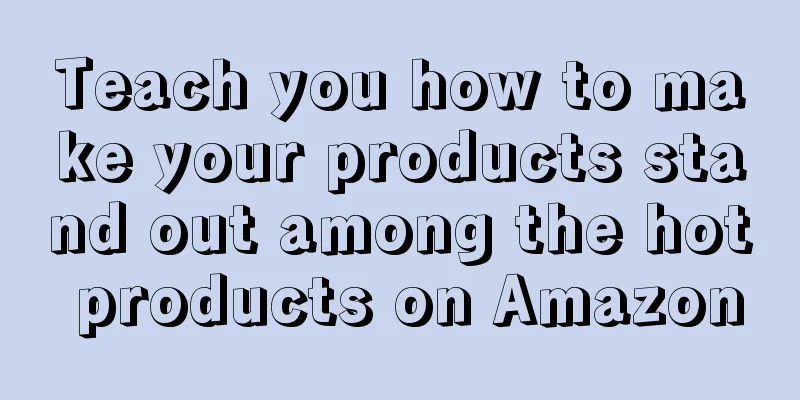What is FCC certification? FCC certification review
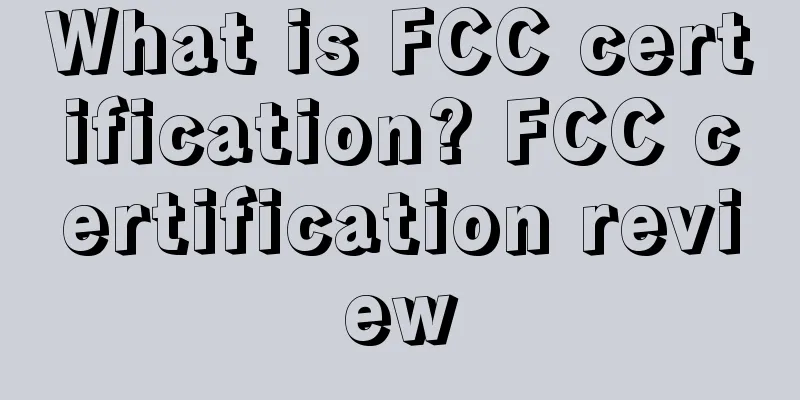
|
The full name of FCC is Federal Communications Commission, which is translated into Chinese as the Federal Communications Commission of the United States. FCC coordinates domestic and international communications by controlling radio broadcasting, television telecommunications, satellites and cables. About FCC Certification The FCC involves more than 50 states, Columbia, and territories in the United States to ensure the safety of radio and wire communication products related to life and property. Many radio application products, communication products, and digital products require FCC approval to enter the US market. Applicable Products 1. Personal computers and their peripheral equipment (monitors, printers, keyboards, power adapters, mice, scanners, interface cards, video game consoles, power supplies, UPS, fax machines, modems, answering machines, switches, adapters, etc.). 2. Household electrical appliances and electric tools (refrigerators, electric irons, food blenders, electric kettles, electronic disinfection cabinets, microwave ovens, air conditioners, vacuum cleaners, electric toys, automatic rice cookers, electric shavers, electric clippers, hair dryers, bread toasters, massage appliances, battery chargers, household electric stoves, electric cooktops, washing machines, induction cookers, electric food processing appliances, low-power motors and other electronic and electrical products. Electric tools: electric drills, grinders, circular saws, nail guns, pneumatic drills, etc.). 3. Audio and video products (radios, CRT/LED/LCD TVs, set-top boxes, DVD/VCD Players, MP3 Players, home audio, etc.). 4. Lamps (LED lamps, LED screens, LED power supplies/drivers, ballasts, energy-saving lamps, stage lamps, dimmers, converters, electronic dimming equipment for stages and other entertainment venues, AC electronic ballasts for tubular fluorescent lamps, tubular fluorescent lamps, ballasts, ballasts for discharge lamps, fixed lamps, portable lamps, embedded lamps, etc.). 5. Wireless products (such as Bluetooth, wireless remote control toys, wireless remote control switches, wireless thermometers, wireless mice and keyboards, wireless monitors & cameras, wireless microphones, FM transmitters and various wireless devices). 6. Toy products (metal toys, plastic toys, wooden toys, bamboo toys, cloth toys, paper toys and electronic toys). 7. Security products (alarms, security products, access control, monitors & cameras, etc.). 8. Industrial machinery (punching and shearing machinery, woodworking machine tools, packaging machinery, plastic machinery, metal cutting machine tools, food processing machinery, food machinery, printing machinery, die-casting machinery, electrical control systems for mechanical equipment, amusement facilities, hydraulic machinery, etc.). Authentication Mode Verification ·Declaration of Conformity (DoC); ·Certification. FCC certification main standards FCC PART15 C/E/F: Intentional radiating device test; FCC PART 18: Industrial, scientific, and medical equipment; FCC PART 22: Public Mobile Communications Services; FCC PART 24: Personal communications services; FCC PART 25: Satellite communication services; FCC PART 27: Other FCC wireless communication services; FCC PART 68: Telecommunications terminal equipment; FCC Part 15 stipulates the intentional, unintentional or transient transmitting devices that do not require a personal license when in use. It includes technical specifications, administrative requirements and other market access conditions. Products are mainly divided into four categories: unintentional transmitting devices, intentional transmitting devices, personal communication devices that do not require a license, and basic information devices in countries that do not require a license. FCC Part 18 regulates the electromagnetic energy emitted by industrial, scientific, and medical equipment (ISM) operating in a certain spectrum to prevent the above equipment from causing harmful interference to authorized wireless communication services. *Note: FCC PART 15 and PART 18 are the most widely used. Certification Process 1. The party responsible for the product (manufacturer or importer) will have the product tested by a qualified testing agency designated by the FCC and make a test report. If the product complies with the FCC standards, the corresponding label will be affixed to the product, a statement of compliance with the FCC standards will be made in the user manual, and the test report will be retained in case the FCC requests it. 2. To apply for an ID, first apply for an FRN to fill in other forms. If the applicant is applying for an FCC ID for the first time, he/she needs to apply for a permanent Grantee CODe. While waiting for the FCC to approve and distribute the Grantee Code to the applicant, the applicant should hurry up to test the device. When all the materials required by the FCC are prepared and the test report has been completed, the FCC should have approved the Grantee Code. The applicant uses this code, test report and required materials to complete FCC Form 731 and Form 159 online. After receiving Form 159 and remittance, the FCC will begin to accept certification applications. The average time for the FCC to accept ID applications is 60 days. At the end of the acceptance, the FCC will send the Original Grant of the FCC ID to the applicant. After the applicant obtains the certificate, he/she can sell or export the corresponding products. develop As of January 2012, there are 279 testing companies worldwide that are accredited by the committee and qualified to issue DoC certificates. The Federal Communications Commission (FCC) of the United States officially released the Supplier Declaration of Conformity (SDoC) on November 1, 2017, officially replacing the FCC Declaration of Conformity (DOC) and Verification (VOC) certification types. SDoC involves the following 4 parts 1. The SDoC requires applicants to provide the name, address, phone number, and other information of the responsible party in the United States, and this information should be easily accessible to customers; 2. The FCC Logo on the product is no longer a mandatory requirement; 3. The SDoC will be effective from November 2, 2017; 4. Products certified by FCC DoC and VoC before November 1, 2017 can continue to be sold. The transition period is one year, ending on November 2, 2018. |
<<: What is Climate Pledge Friendly? Climate Pledge Friendly Review
>>: What is Yipin Supply Chain? Yipin Supply Chain Review
Recommend
What is LinkedIn? LinkedIn Review
LinkedIn, also known as "Ling Ying" in C...
What is TikTok? What is the difference between Tiktok and Douyin? ? What is TikTok? What is the difference between Tiktok and Douyin? Review
TikTok is the international version of Douyin, a m...
What is 4KMILES? 4KMILES Review
4KMILES (Four Thousand Miles) is a one-stop and ef...
Britain's largest port strikes, dozens of cargo ships affected! Losses amount to $800 million!
It is learned that according to foreign media repo...
What is Yibai Network? Yibai Network Review
Shenzhen Yibai Network Technology Co., Ltd. was es...
Not just electric blankets! These heating gadgets are also selling like hotcakes in Europe!
A few days ago, many news related to #Nord Stream ...
How to maximize the effect of Amazon’s golden period of new product traffic?
Sellers familiar with Amazon should know that Ama...
Walmart announces a significant reduction in clothing prices! It seems that it can't withstand the decline in performance
<span data-docs-delta="[[20,"获悉,据外媒报道,近日沃尔...
It attracted $300 million in January! It has become a super money-making beast overseas
I recently saw a post where a seller asked: “Why a...
An emergency occurred at the FBA warehouse! The US epidemic is adding fuel to the fire
Recently, it is a critical time for European and ...
Note! Amazon's effective tracking rate must be at least 95%
text Amazon is about to update its valid tracking...
What is Shijiantea? Shijiantea Review
In order to convey the exquisite enjoyment of tea ...
Exemption from tariffs on Chinese masks! Just now, the United States officially announced...
So far, there have been cases of COVID-19 in 25 st...
Peak season orders cut by 50%! Sellers: Clearing inventory is considered a success
The autumn sale has just ended, Black Friday and C...
The number of cross-border online shopping packages by Argentine consumers has increased 2.7 times!
<span data-shimo-docs="[[20,"获悉,根据虚拟储物柜平台P...
